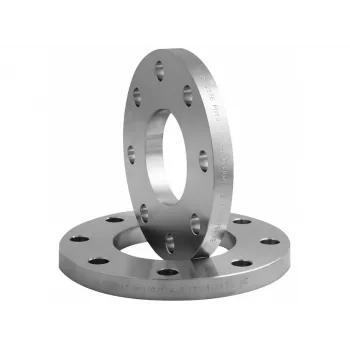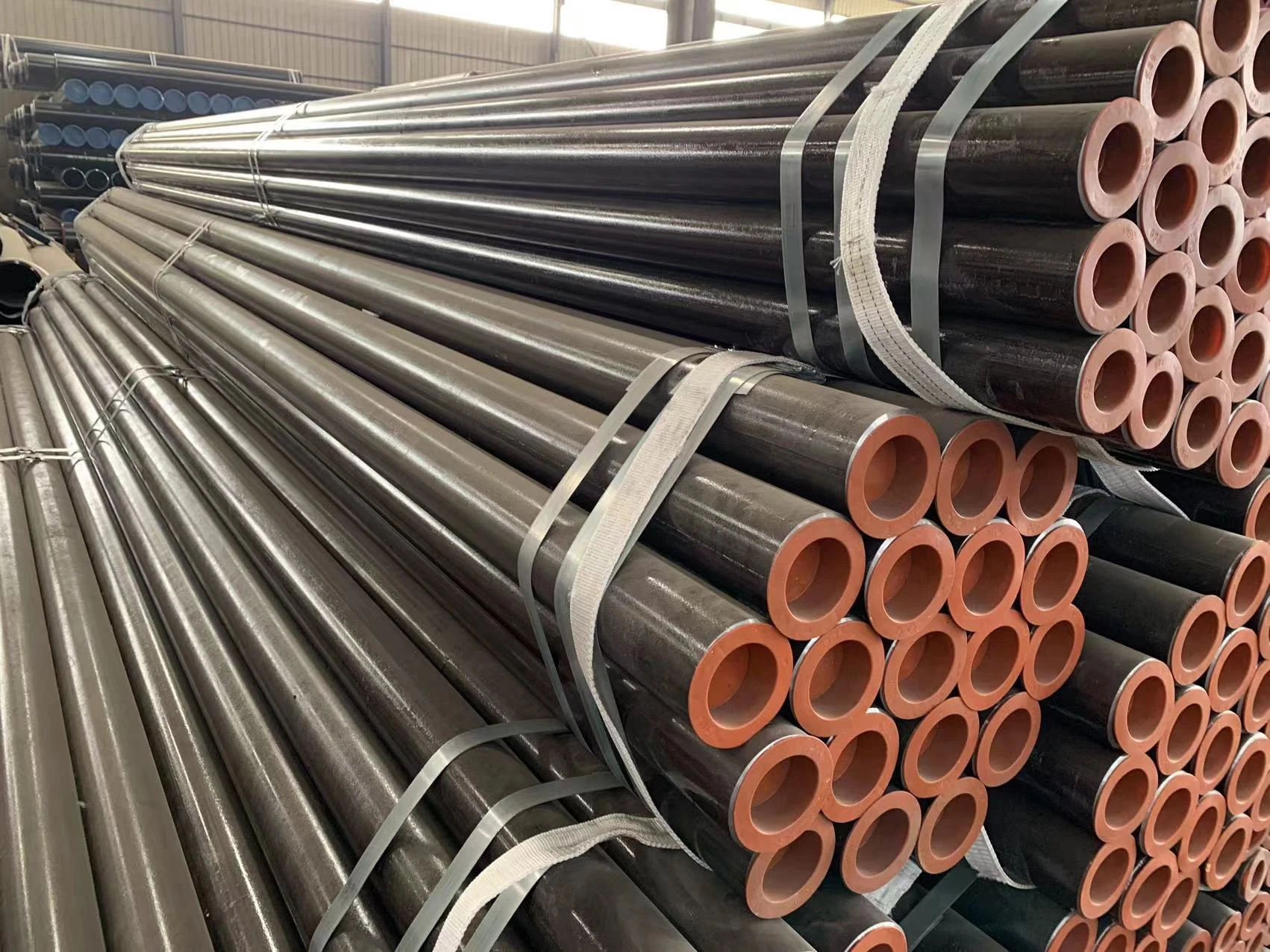-
Cangzhou Yulong Steel Co., Ltd.
-
Phone:
+86 13303177267 -
Email:
admin@ylsteelfittings.com
- English
- Arabic
- Italian
- Spanish
- Portuguese
- German
- kazakh
- Persian
- Greek
- French
- Russian
- Polish
- Thai
- Indonesian
- Vietnamese
- Zulu
- Korean
- Uzbek
- Hindi
- Serbian
- Malay
- Ukrainian
- Gujarati
- Haitian Creole
- hausa
- hawaiian
- Hebrew
- Miao
- Hungarian
- Icelandic
- igbo
- irish
- Japanese
- Javanese
- Kannada
- Khmer
- Rwandese
- Afrikaans
- Albanian
- Amharic
- Armenian
- Azerbaijani
- Basque
- Belarusian
- Bengali
- Bosnian
- Bulgarian
- Catalan
- Cebuano
- China
- China (Taiwan)
- Corsican
- Croatian
- Czech
- Danish
- Esperanto
- Estonian
- Finnish
- Frisian
- Galician
- Georgian
- Kurdish
- Kyrgyz
- Lao
- Latin
- Latvian
- Lithuanian
- Luxembourgish
- Macedonian
- Malgashi
- Malayalam
- Maltese
- Maori
- Marathi
- Mongolian
- Myanmar
- Nepali
- Norwegian
- Norwegian
- Occitan
- Pashto
- Dutch
- Punjabi
- Romanian
- Samoan
- Scottish Gaelic
- Sesotho
- Shona
- Sindhi
- Sinhala
- Slovak
- Slovenian
- Somali
- Sundanese
- Swahili
- Swedish
- Tagalog
- Tajik
- Tamil
- Tatar
- Telugu
- Turkish
- Turkmen
- Urdu
- Uighur
- Welsh
- Bantu
- Yiddish
- Yoruba

Feb . 15, 2025 13:52 Back to list
flanges types and pictures
Flanges are a vital element in the realm of piping systems, serving as essential connectors that facilitate the assembly of pipelines, valves, pumps, and other equipment to create a secure, leak-proof, and efficient construction. Their versatile nature allows them to be utilized across various industries, including petrochemical, oil and gas, power generation, and water treatment, to name a few. Delving into the world of flanges, one quickly realizes the diversity in their types, each designed to meet specific requirements and applications.
Lap Joint Flanges differ significantly from their peers, as these require the use of a stub end. This two-piece assembly eliminates alignment issues, making them suitable for systems requiring frequent assembly and disassembly. The lap joint flange moves freely around the stub end, allowing for easy bolt alignment, while the actual sealing occurs between the stub end and the gasket. This makes them especially useful in systems subject to vibrations or thermal expansions. Threaded Flanges offer a unique non-welded option, ideal for high-pressure applications where welding can present hazards. These are designed for pipes with external threads and are perfect for scenarios that require quick and easy connections without the need for welding. Finally, the specialty of Orifice Flanges makes them distinctive as they accommodate orifice plates for flow metering, often utilized in instrumentation systems. These flanges have radial tapping for pressure gauges and other metering devices, making them critically important in accurate flow rate calculations. In selecting the right flange, materials play a decisive role. Typically, flanges are crafted from robust materials such as stainless steel, carbon steel, and various alloy steels, adapting to specific environmental and operational demands. Appropriate material selection ensures long-term resilience, resistance to corrosion, and durability under varying temperature and pressure conditions. In conclusion, understanding the types of flanges and their respective applications is key for engineers, fabricators, and procurement officers to ensure the integrity and efficiency of piping systems. Recognition of their individual roles not only leads to optimized system performance but also assures safety, reliability, and efficiency, thus maintaining the pipeline's operational success across various industries. Through comprehensive expertise, knowledge sharing, and continuous advancements, flanges remain an indispensable component in modern engineering solutions.


Lap Joint Flanges differ significantly from their peers, as these require the use of a stub end. This two-piece assembly eliminates alignment issues, making them suitable for systems requiring frequent assembly and disassembly. The lap joint flange moves freely around the stub end, allowing for easy bolt alignment, while the actual sealing occurs between the stub end and the gasket. This makes them especially useful in systems subject to vibrations or thermal expansions. Threaded Flanges offer a unique non-welded option, ideal for high-pressure applications where welding can present hazards. These are designed for pipes with external threads and are perfect for scenarios that require quick and easy connections without the need for welding. Finally, the specialty of Orifice Flanges makes them distinctive as they accommodate orifice plates for flow metering, often utilized in instrumentation systems. These flanges have radial tapping for pressure gauges and other metering devices, making them critically important in accurate flow rate calculations. In selecting the right flange, materials play a decisive role. Typically, flanges are crafted from robust materials such as stainless steel, carbon steel, and various alloy steels, adapting to specific environmental and operational demands. Appropriate material selection ensures long-term resilience, resistance to corrosion, and durability under varying temperature and pressure conditions. In conclusion, understanding the types of flanges and their respective applications is key for engineers, fabricators, and procurement officers to ensure the integrity and efficiency of piping systems. Recognition of their individual roles not only leads to optimized system performance but also assures safety, reliability, and efficiency, thus maintaining the pipeline's operational success across various industries. Through comprehensive expertise, knowledge sharing, and continuous advancements, flanges remain an indispensable component in modern engineering solutions.
Latest news
-
ANSI 150P SS304 SO FLANGE
NewsFeb.14,2025
-
ASTM A333GR6 STEEL PIPE
NewsJan.20,2025
-
ANSI B16.5 WELDING NECK FLANGE
NewsJan.15,2026
-
ANSI B16.5 SLIP-ON FLANGE
NewsApr.19,2024
-
SABS 1123 FLANGE
NewsJan.15,2025
-
DIN86044 PLATE FLANGE
NewsApr.19,2024
-
DIN2527 BLIND FLANGE
NewsApr.12,2024
-
JIS B2311 Butt-Welding Fittings LR/SR 45°/90° /180°Seamless/Weld
NewsApr.23,2024











